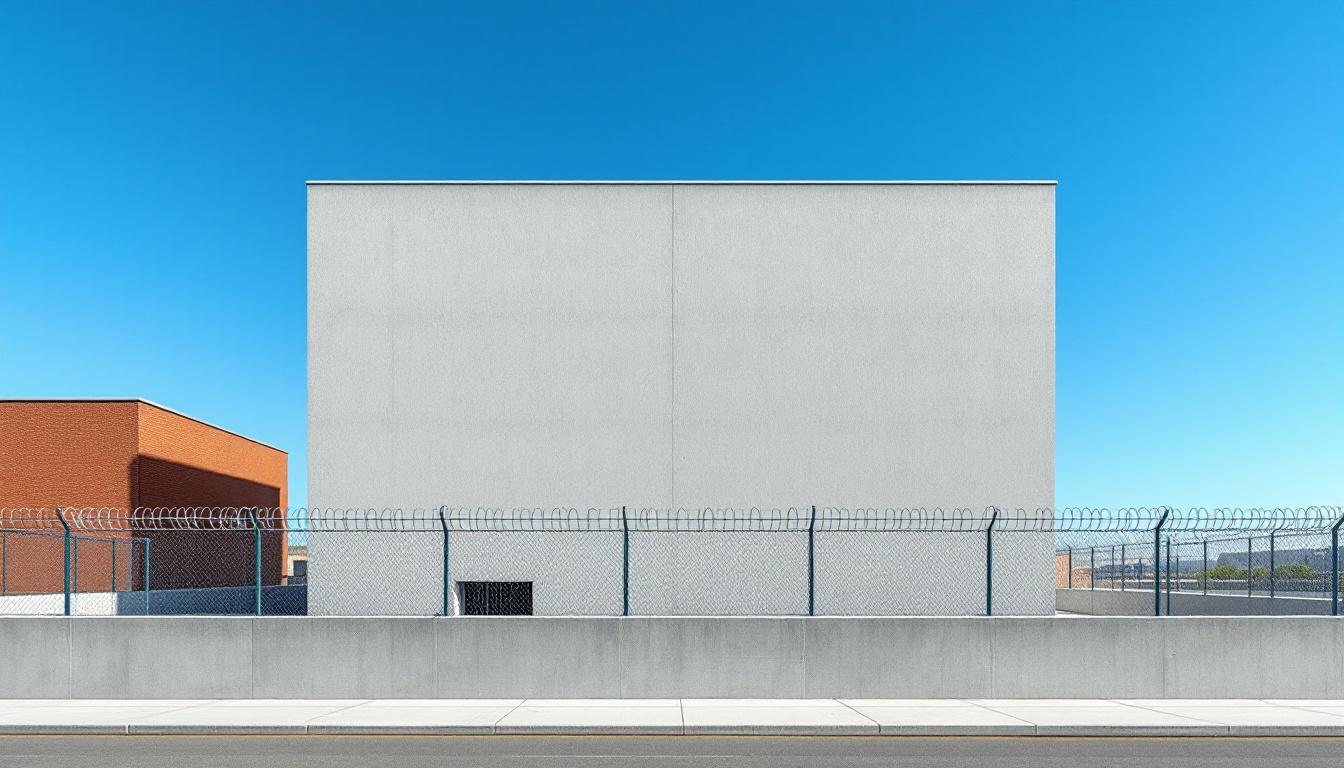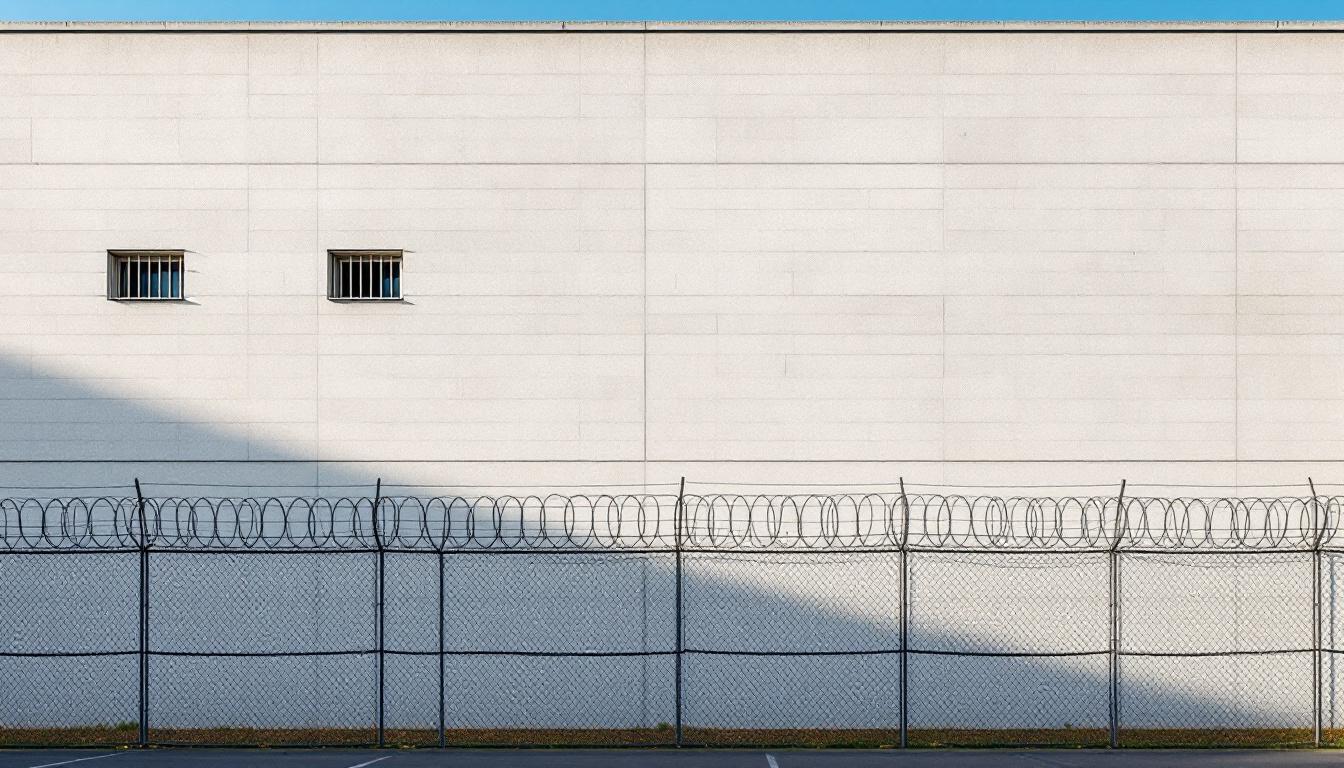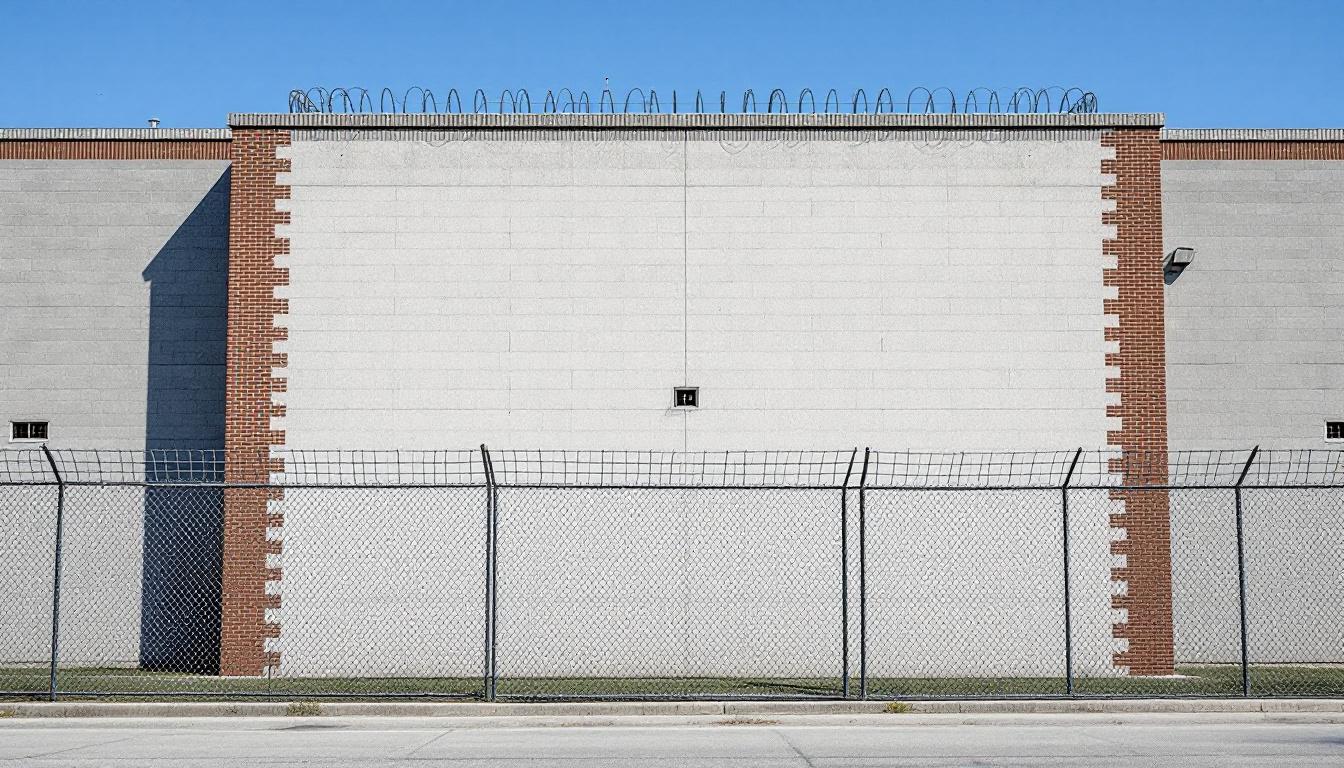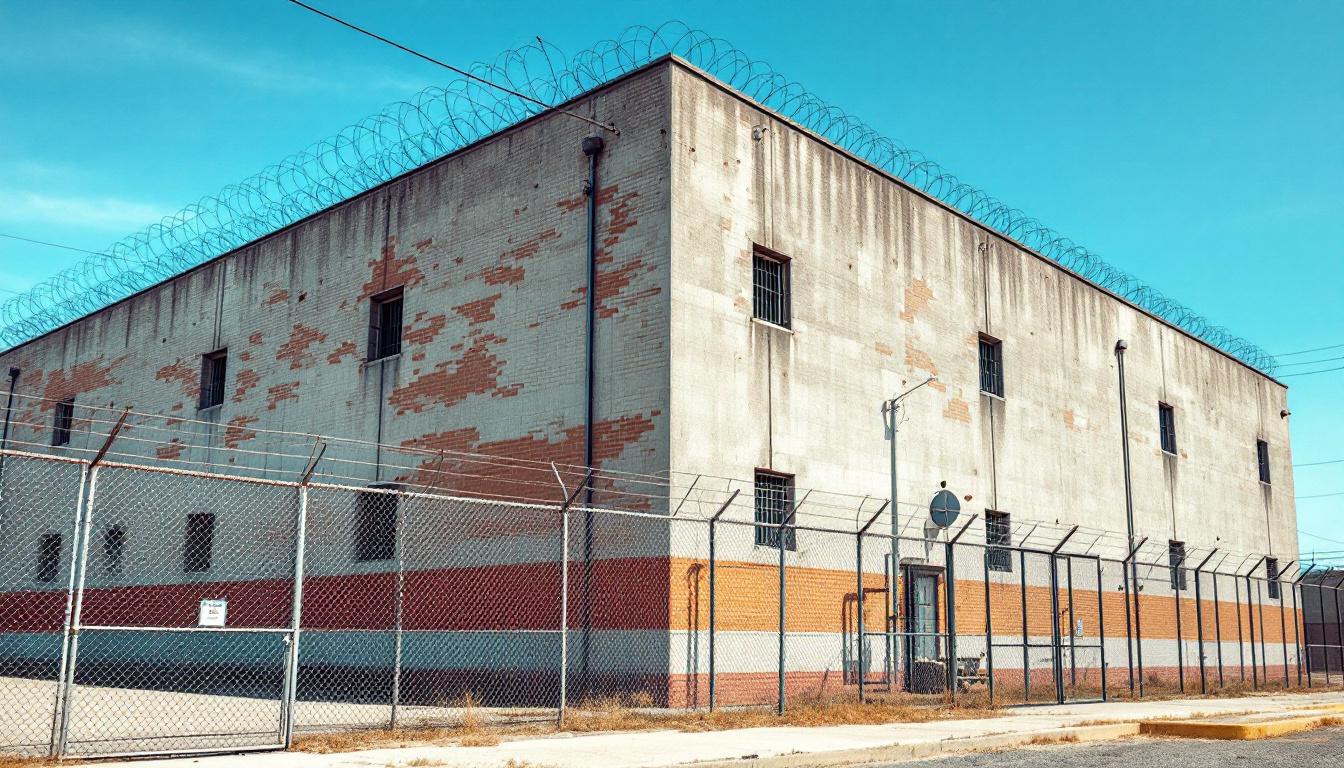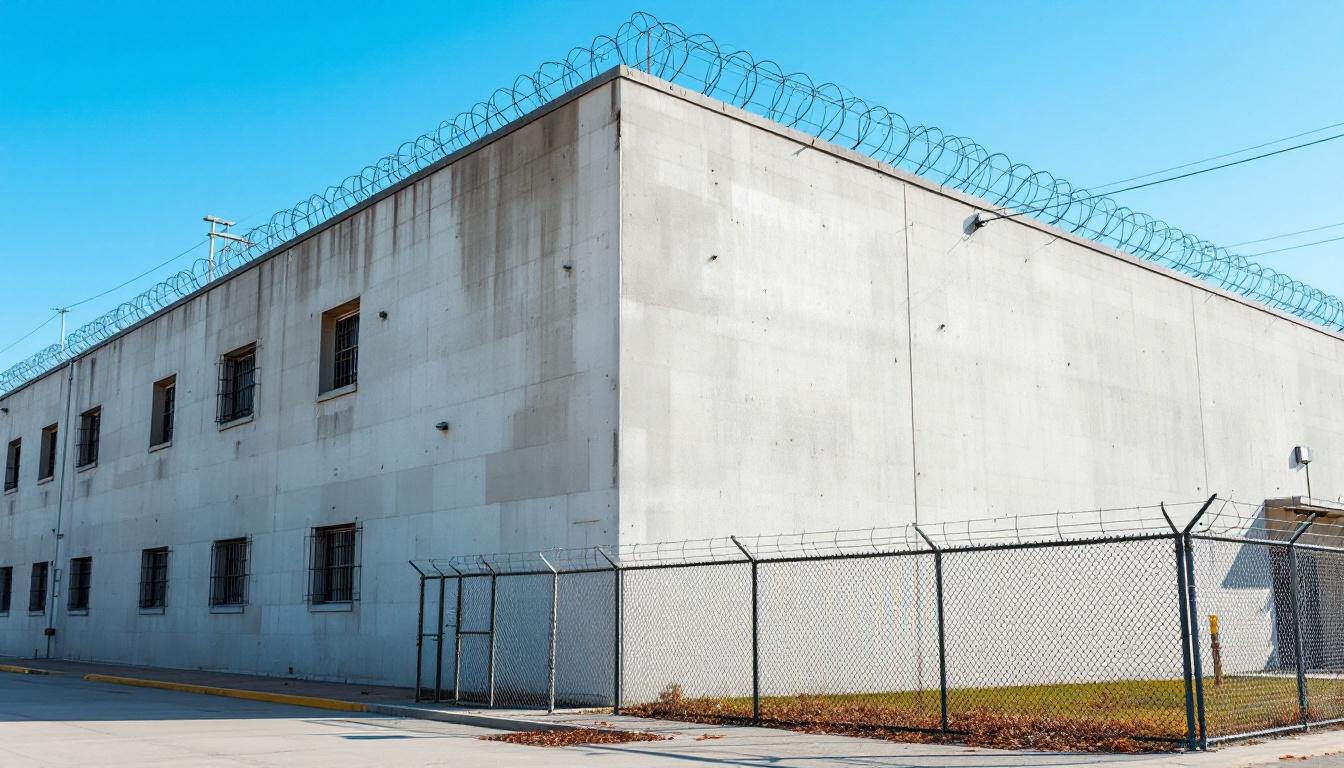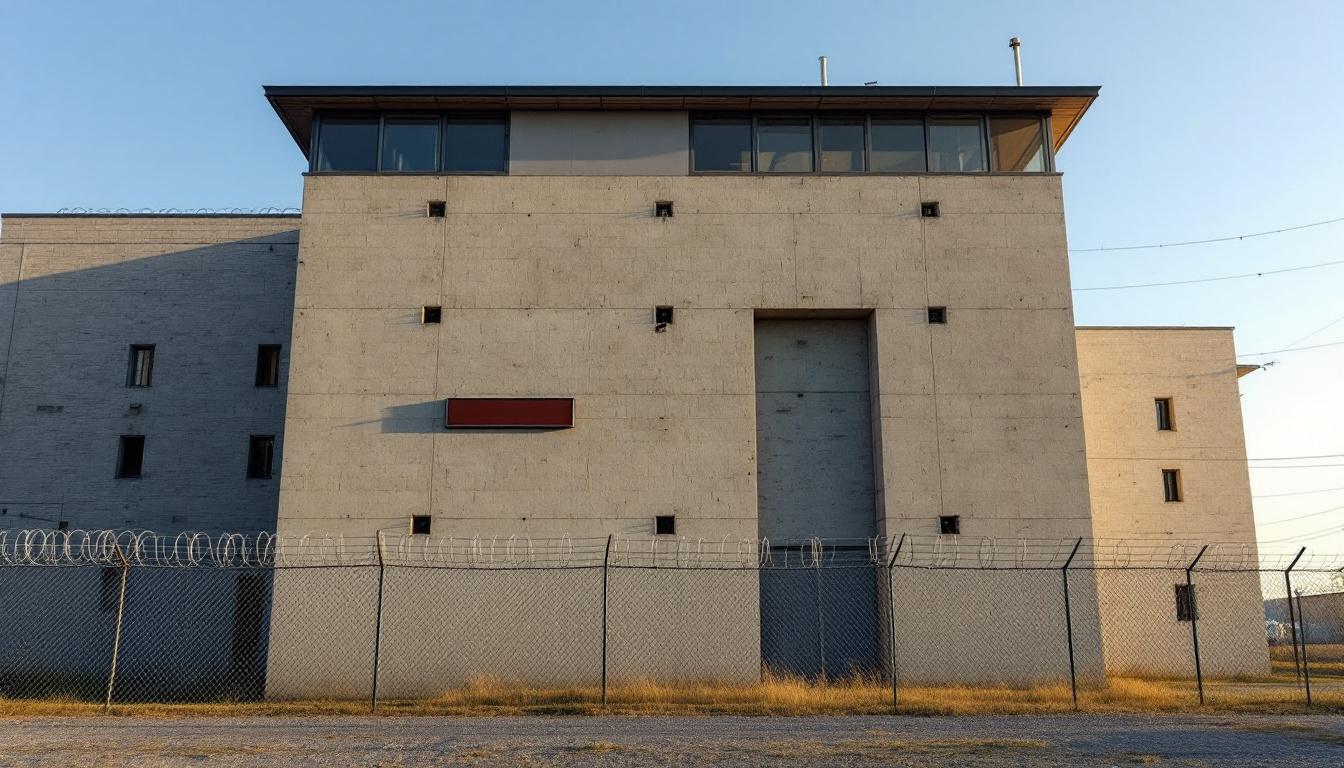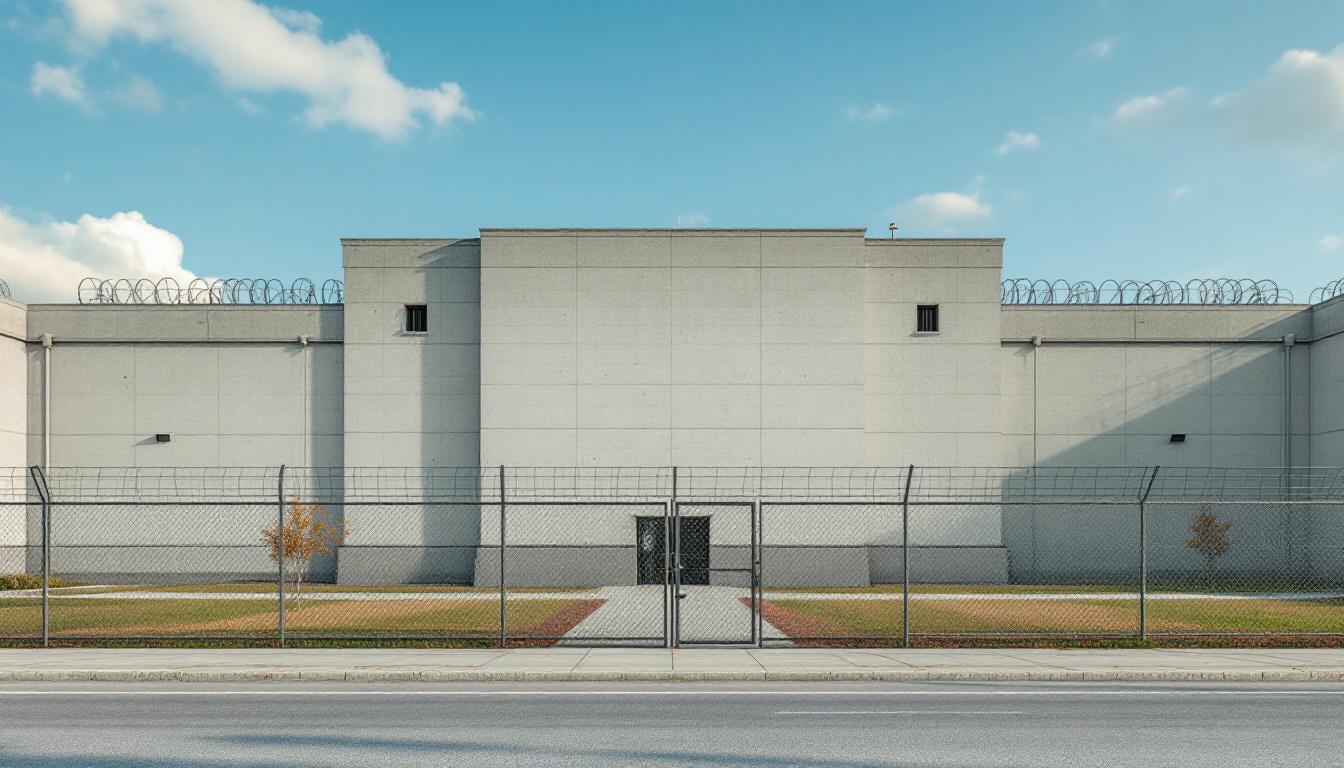
Quick Navigation
How to contact an inmate at Garrett County Detention Center
This comprehensive guide will walk you through how to connect with an inmate at Garrett County Detention Center. Follow the steps below to find an inmate and send letters and photos:
- Search for the inmate using our search tool below
- Create your account or log in to Penmate
- Write your message (up to 6,000 characters)
- Send instantly - inmates receive printed copies daily
Find an Inmate
Search for an inmate to start communicating today
Tip: You can search by first name, last name, or inmate ID number
To contact a person at Garrett County Detention Center start by searching for the person on the official facility website. Perform a search by following these steps:
- Step 1: Enter their first name and last name into the search form and click "Search"
- Step 2: Locate their inmate record
- Step 3: Write down their Inmate ID and any housing information provided
Important! Be sure to enter the person's full name. Nicknames should not be used.
How to Send Messages to Inmates

You can use your phone or computer to send emails, letters, and photos to an inmate. Messages are sent electronically to inmate tablets or kiosks at the facility. If you would like to send a message, start by searching for an inmate at Garrett County Detention Center.
Sending Photos and Postcards

A great way to send love and support to a loved one at Garrett County Detention Center is to send photos and postcards. It only takes a few minutes to send photos from your phone and it makes a huge difference. You can also mail postcards with words of support and inspiration, or design your own postcard for special moments like birthdays and holidays.
Important! Be sure not to send any explicit photos or they may not be approved by the facility. You can also use a photo printing app like Penmate to make sure your photos are printed at the correct size (4x6 or 3x5) and are mailed according to the rules and regulations of Garrett County Detention Center.
Frequently asked questions about Garrett County Detention Center
-
How long does it take to deliver a message?
If you're sending an email message your letter is usually delivered within 24-48 hours. For messages sent via mail you should expect delivery within 3-7 days. All messages will need be approved by Garrett County Detention Center.
-
How much does it cost to send a message to Garrett County Detention Center?
You can send a message free using your phone or mail a message via USPS for the price of a $0.60 stamp and envelope. You can also purchase credits or e-stamps from services starting at $1.99.
-
What services can I use to contact an inmate at Garrett County Detention Center?
Penmate
You can use Penmate to send letters and photos to an inmate from your phone. It's an easy way to stay in touch during your loved one's incarceration. Use the inmate locator to find an inmate's location and contact information, then you can send messages within a few minutes.
Securus messaging
Securus may be another option for communicating with an inmate at Garrett County Detention Center. You can create a friends and family account and purchase credits to send messages. All messages will be reviewed and must be approved by the facility.
JPay
Some county jails and state prisons may support sending messages with JPay. You must register an account with the system, find your loved one, and purchase stamps to send messages. For some locations you can also attach photos.
Smart Jail Mail
You may also check if Smart Jail Mail is available at Garrett County Detention Center. Smart Jail Mail is operated by Smart Communications and has contracted with some state and county jails. After purchasing credits, your messages and photos are sent to the facility, printed out, and then handed out to your loved one.
-
What is the mailing address of Garrett County Detention Center?
Mailing address:
Garrett County Detention Center
311 E Alder St
Oakland, MD 21550
Phone: (301) 334-5055Business hours:
- Monday: Open 24 hours
- Tuesday: Open 24 hours
- Wednesday: Open 24 hours
- Thursday: Open 24 hours
- Friday: Open 24 hours
- Saturday: Open 24 hours
- Sunday: Open 24 hours
-
What are the visiting hours at Garrett County Detention Center?
Visiting hours at Garrett County Detention Center vary by housing unit and security level. Generally, visits are scheduled on weekends and holidays, with some facilities offering weekday visits. Contact the facility directly at (301) 334-5055 or check their website for the current visiting schedule. Visits typically last 30-60 minutes and must be scheduled in advance.
-
What items are prohibited when sending mail to Garrett County Detention Center?
Prohibited items typically include: cash, personal checks, stamps, stickers, glitter, glue, tape, staples, paperclips, polaroid photos, musical or blank greeting cards, hardcover books, magazines with staples, and any items containing metal or electronics. Only send letters on plain white paper with blue or black ink. Photos must be printed on regular photo paper (no Polaroids). Always check with Garrett County Detention Center for their specific mail policies.
-
How do I send money to an inmate at Garrett County Detention Center?
You can send money to an inmate at Garrett County Detention Center through several methods: 1) Online using JPay, Access Corrections, or the facility's approved vendor, 2) Money orders mailed directly to the facility with the inmate's name and ID number, 3) Kiosks located in the facility lobby, or 4) Over the phone using a credit or debit card. Fees vary by method, typically ranging from $2.95 to $11.95 per transaction.
-
Can I schedule a video visit with an inmate at Garrett County Detention Center?
Many facilities now offer video visitation as an alternative to in-person visits. At Garrett County Detention Center, video visits may be available through services like Penmate, Securus Video Connect, GTL, or ICSolutions. Video visits typically cost $10-20 for 20-30 minutes and must be scheduled in advance. You'll need a computer or smartphone with a camera and reliable internet connection. Contact the facility for their specific video visitation policies and approved vendors.
-
What identification do I need to visit an inmate at Garrett County Detention Center?
All visitors must present valid government-issued photo identification such as a driver's license, state ID, passport, or military ID. Minors must be accompanied by a parent or legal guardian who can provide the minor's birth certificate. Some facilities require visitors to be on the inmate's approved visitation list, which may require a background check. Contact Garrett County Detention Center for specific ID requirements and visitor approval procedures.
-
How can I find out an inmate's release date?
To find an inmate's release date at Garrett County Detention Center, you can: 1) Use the online inmate search tool if available, 2) Call the facility's records department, 3) Contact the inmate's case manager or counselor, or 4) Have the inmate provide this information during a call or visit. For privacy reasons, some facilities only release this information to immediate family members.
Facility Overview
Contact Information
Garrett County Detention Center311 E Alder St
Oakland, MD 21550
Phone: (301) 334-5055
Official Website
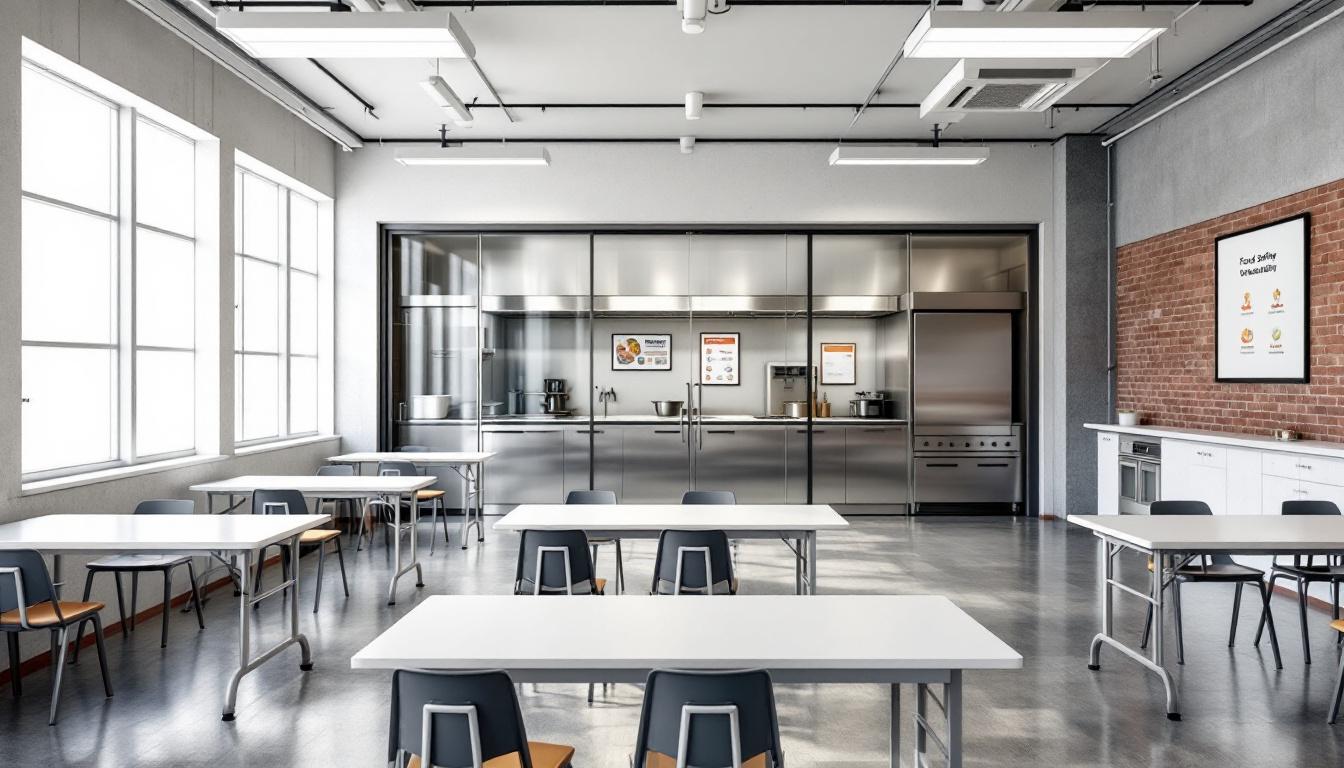
About Garrett County Detention Center
Detention centers serve as critical transition points within the correctional system, where individuals await trial or serve shorter sentences while maintaining connections to their communities. This operational philosophy shapes how facilities approach daily programming and inmate management, emphasizing processes that support both security and eventual reintegration. Garrett County Detention in Greensboro, MD operates within this framework, contributing to the state's broader correctional goals through structured programming and community-focused services.
Located in western Maryland's rural landscape, the facility typically processes individuals through various stages of the judicial system while maintaining essential connections between inmates and their families. The population services generally include educational programming, substance abuse counseling, and work opportunities that align with Maryland's emphasis on reducing recidivism through skill development. These programs often integrate with county-level initiatives, creating pathways for individuals to rebuild their lives within familiar geographic and social contexts.
The detention center's approach to rehabilitation typically emphasizes gradual reintegration processes, recognizing that many individuals will return to the Greensboro area and surrounding communities. Staff may coordinate with local service providers to ensure continuity of care, particularly for mental health and addiction services that extend beyond incarceration. This MD correctional facility generally maintains visiting programs and communication systems designed to preserve family relationships, understanding that strong community ties often contribute significantly to successful reentry outcomes.
Programs & Services
Comprehensive support services form the foundation of programming at Garrett County Detention, designed to address the diverse needs of the population during their time in custody. The facility typically emphasizes a holistic approach that recognizes each individual's potential for growth and positive change. These programs often focus on building essential life skills while maintaining connections to family and community support systems.
Educational programs may supply basic literacy instruction, GED preparation, and adult education opportunities that help participants develop fundamental academic skills. Moreover, vocational training programs often include job readiness workshops, basic computer skills, and practical trade instruction that can enhance employment prospects upon release. These educational and vocational services typically aim to provide the population with concrete tools for successful community reintegration.
Therapeutic services may offer counseling support, substance abuse education, and mental health programming designed to address underlying challenges that contribute to criminal behavior. Moreover, chaplaincy programs typically provide spiritual guidance and faith-based support for those seeking religious connection during their incarceration. Volunteer programs often supplement these services by bringing community members into the facility to lead support groups, mentor participants, and facilitate connections between the population and local resources. These combined support services frequently emphasize personal accountability while fostering hope for positive life changes.
Daily Life & Visitation
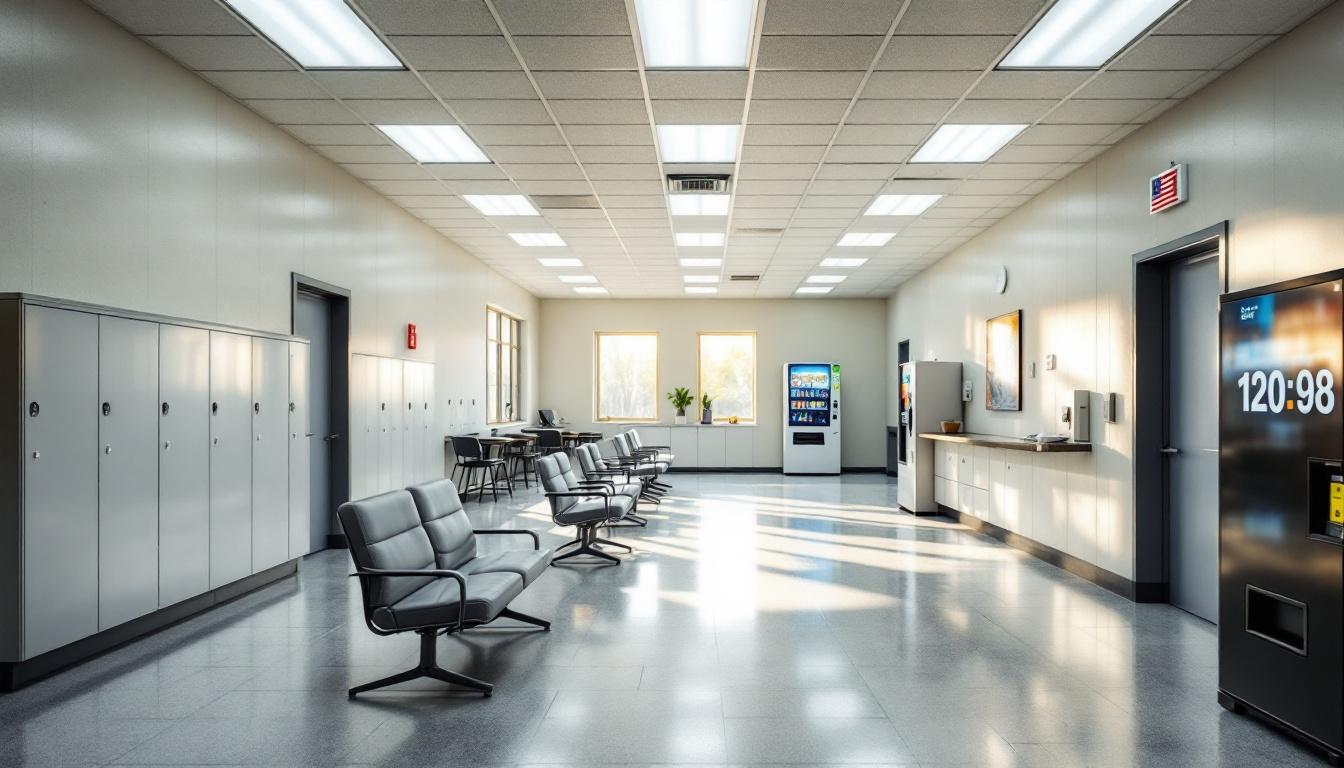
Structured schedules and clear organizational protocols shape every aspect of the experience for the population at Garrett County Detention. Today's routine typically begins with early morning counts and meal service, followed by consistently scheduled programming blocks that supply predictability throughout the day. The facility generally operates on a structured timeline that includes designated periods for meals, recreation, work assignments, and educational or treatment programs.
Housing units at the facility are typically organized to accommodate different classification levels and security needs. The population generally resides in dormitory-style or cell-based housing arrangements, with common areas that may include dayrooms and television viewing spaces. Meals are usually served in designated dining areas or housing units, with the kitchen often providing work opportunities for eligible residents. Personal property is generally limited to approved items, while commissary services typically allow the population to purchase additional necessities and approved food items.
Moreover, recreational activities often include access to outdoor exercise areas, indoor fitness equipment, and organized sports when weather and security conditions permit. Work assignments may include kitchen duties, facility maintenance, laundry services, and general cleaning responsibilities that help maintain daily operations. Whereas structured programming supplies educational opportunities and life skills training, visitation policies typically allow family members to maintain contact through scheduled visits and phone calls. The facility generally provides video visitation options and mail services to help the population stay connected with their support systems during their stay.
Ready to Connect?
Start communicating with your loved one today
Search for an Inmate
